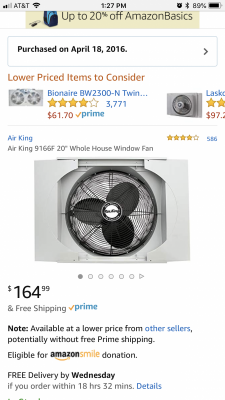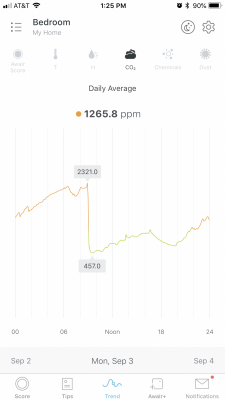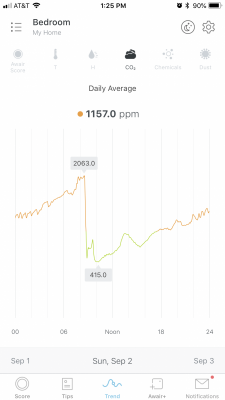Did BRS ever decide to start carrying the 5 gallon option? I too currently get the Jarvovet 5 gallon jug from medvet. But for $87 dollars I can't beat that. I'd much rather support BRS and get the SpheraSorb from them. I'm pretty sure SpheraSorb ships in big vat containers to certain high demand wholesalers. I know that BRS does its best to sell at the lowest price it can considering the margins available. Its hard to be a middle guy re-seller of this stuff and make much of a profit margin.
If one does the math it wouldn't make much sense for BRS to offer a 5 gallon bucket of sodalime when they currently sell it for $50 for a 1/4 of the amount that I currently get for $87. They'd simply be making less money and giving away more product for less. I think the chances of that happening are slim to none unfortunately.
I am selling my 2 jumbo reactors, with dual solenoids and large container of scrubber material if anyone is interested. Chicago area preferred.
J




















